The momentum for AI and machine learning is growing, which means every business and developer needs to learn NLP (natural language processing) and its applications to gain a competitive advantage. As the attention to natural language processing is increasing daily, the resources to learn are also increasing. But sometimes, the way books can help you learn about significant and complex topics, no other source can do so.
Books increase your overall data knowledge and fundamental background, giving readers a helpful introduction to NLP alongside real-life examples. If you don't know which books to read to learn NLP, here is a list of ten books you can choose from. So, keep reading and pick the book you will read this weekend!

If you want to master NLP, add any of the mentioned below to your reading list:
This book, by Joseph D. Booth, revolves around machine learning based NLP. The concept is based on software that can interpret poorly structured text, recognize patterns, and use the board context to conclude the meaning. The book guides through the topic using simple processes that deduce written text before giving a reasonable response. You'll find everything you need about NPL and an overview of what technology can do.
This book is authored by Uday Kamath, John Liu, and James Whitaker. It explains deep learning architecture for tasks such as speech recognition, translation, language modeling, and document classification. The authors explain these matters in three parts. Part one discusses speech instruction, NLP, and machine learning. Part two explains the basics of deep learning, and part three explores advances in deep learning techniques for speech and text.
Denis Rothman wrote the book. It explores text-to-speech, speech-to-text, question-answering, deep learning for machine translation, language modeling, and other NLP solutions with transformers. The authors explain NLP using Python while describing techniques to use the latest pre-trained transformer models. He also explains Keras, TensorFlow, and Python frameworks for sentiment analysis, speed recognition, machine learning, text summarization, and more. If you are already familiar with Python or TensorFlow, this book is for you.
Steven Bird, Ewan Klein, and Edward Loper authored the book, introducing readers to NLP. The book mainly focuses on practical application and somewhat ignores the theory. It contains practical examples that explain the use of the library and teach important NLP concepts. This book will teach you how to evaluate the performance of NLP, different algorithms and data structures, write simple programs to analyze and manage language data and work with common data formats used in NLP.
Nitin Indurkhya and Fred J. Damerau author the book. It contains techniques and tools for implementing and developing efficient NLP in a computer system. The book explains these topics in three parts. Part one teaches about traditional methods, such as symbolic and empirical approaches. Part two revolves around statistical methods, and part three explores applications such as information visualization, biomedical text mining, and ontology construction. The second edition focuses more on statistical approaches.

Hobson Lane, Cole Howard, and Hannes Hapke wrote the book. It is a guide to building machines that can read and interpret human language. The book discusses traditional NLP methods such as neural networks, generative techniques, and modern deep learning algorithms. It also contains real-world cases that tackle composing a text and answering free-form questions. The book also explains sentiment analysis and how to solve challenges like information extraction.
Daniel Jurafsky and James H. Martin are the authors of the book. It is quite old but still on the reading list among widely suggested books for learning NLP. The book deep-dives into language processing. It explains speech and language processing and also covers statistical and symbolic approaches to language processing. The book is a great read for beginners as it presents algorithms for search engines, data extraction, speech recognition, and the creation of spoken-language dialogue agents.
The book was written by Bodhisattwa Majumder, Sowmya Vajjala, Anuj Gupta, and Harshit Surana. These authors gathered and discussed practical ways to build NLP solutions in this book. The book explains how to apply NLP in an industrial setting. The book also offers a detailed overview of the main advancements in the field using real-life cases. It covers many problem statements, solution approaches within NLP, and how to produce software solutions using best practices.
Yoav Goldberg authors the book. His main goal is to explain neural networks and their applications to NLP. He also shared several additional resources to help readers expand their knowledge base. The book is divided into four parts that explain the subject matter. The first half covers neural networks, the basics of supervised machine learning, and working with natural language data. The second half covers more specialized neural network programming.
Jacob Eisenstein authored the book. The book discusses NLP techniques for developing models that generate, understand, and manipulate human language. The book covers approaches mainly focused on machine learning methods. It is divided into four parts. First, it explores machine learning requirements and their applications to textual analysis. Part two talks about structured representations of language. Part three explores different approaches to representing and analyzing linguistic meaning, and part four explores machine translation, information extraction, and text generation.
Natural language processing is entering the markets and industries quickly, and everybody needs to learn about NLP and its applications to gain a competitive advantage. What other way could be better to learn about NLP other than books written by experts? The best books that you need to learn about NLP are Natural Language Processing Succinctly, Deep Learning for NLP and Speech Recognition, Transformers for Natural Language Processing, Natural Language Processing with Python, Handbook of Natural Language Processing, Natural Language Processing in Action, Speech and Language Processing, and Practical Natural Language Processing. So, pick any of these books and start learning NLP!

A recent study reveals OpenAI’s new model producing responses rated as more human than humans. Learn how it challenges our ideas about communication and authenticity

Know the pros and cons of using JavaScript for machine learning, including key tools, benefits, and when it can work best

AI changes the workplace and represents unique possibilities and problems. Find out how it affects ethics and employment

Create profoundly relevant, highly engaging material using AI and psychographics that drives outcomes and increases participation
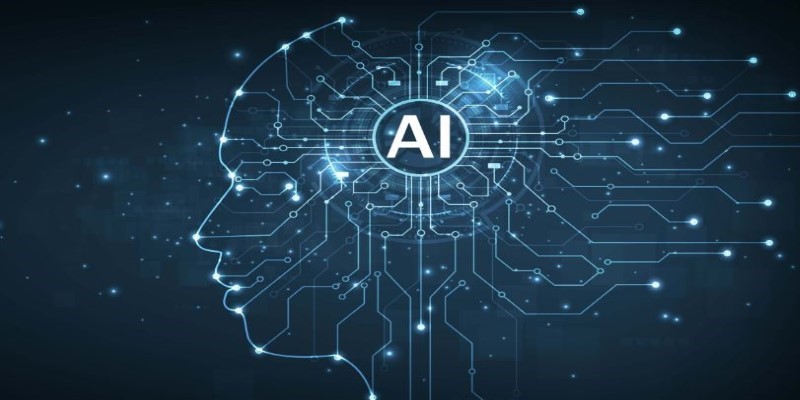
The alignment problem in AI highlights the challenges of ensuring AI follows human values. Learn why it matters and how experts are working to solve it

Can artificial intelligence make us safer? Discover how AI improves security, detects threats, and supports emergency response

AI in Agriculture is revolutionizing farming with advanced crop monitoring and yield prediction tools, helping farmers improve productivity and sustainability

How the AI Hotel Planned for Las Vegas at CES 2025 is set to transform travel. Explore how artificial intelligence in hospitality creates seamless, personalized stays for modern visitors
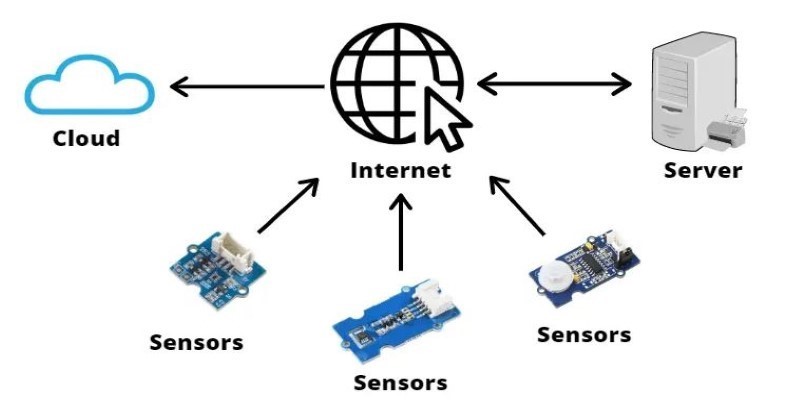
How Edge AI is transforming technology by running AI on local devices, enabling faster processing, better privacy, and smart performance without relying on the cloud
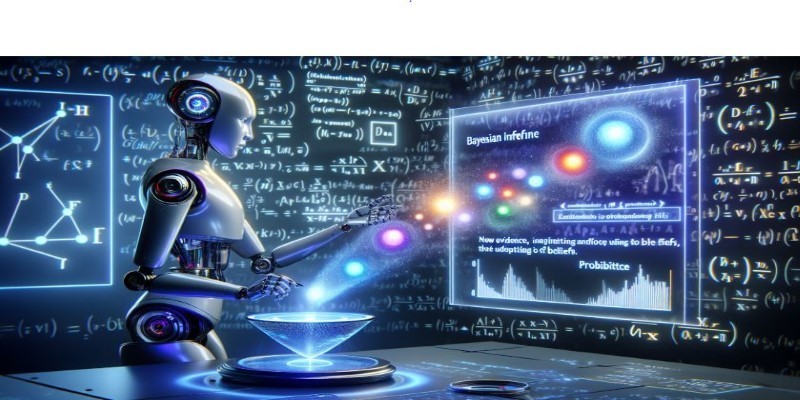
Explore the role of probability in AI and how it enables intelligent decision-making in uncertain environments. Learn how probabilistic models drive core AI functions
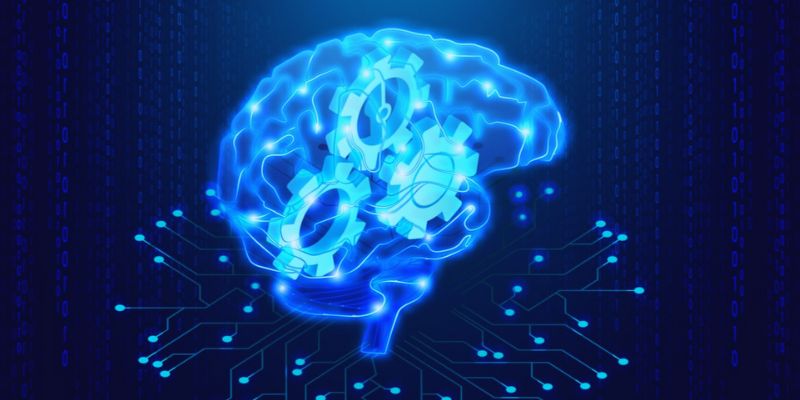
Know how to produce synthetic data for deep learning, conserve resources, and improve model accuracy by applying many methods
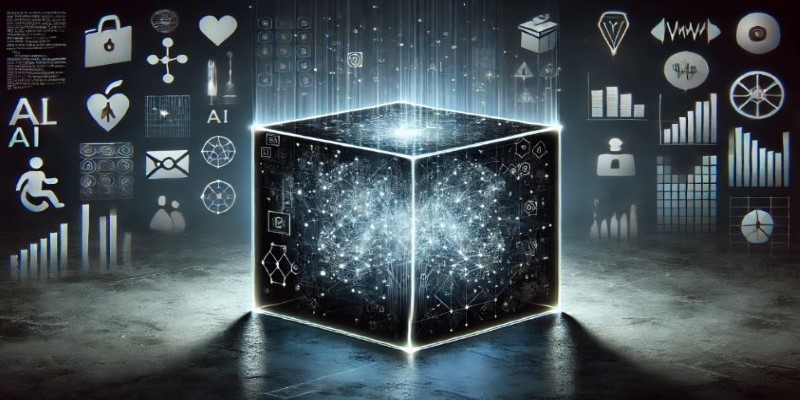
The Black Box Problem in AI highlights the difficulty of understanding AI decisions. Learn why transparency matters, how it affects trust, and what methods are used to make AI systems more explainable